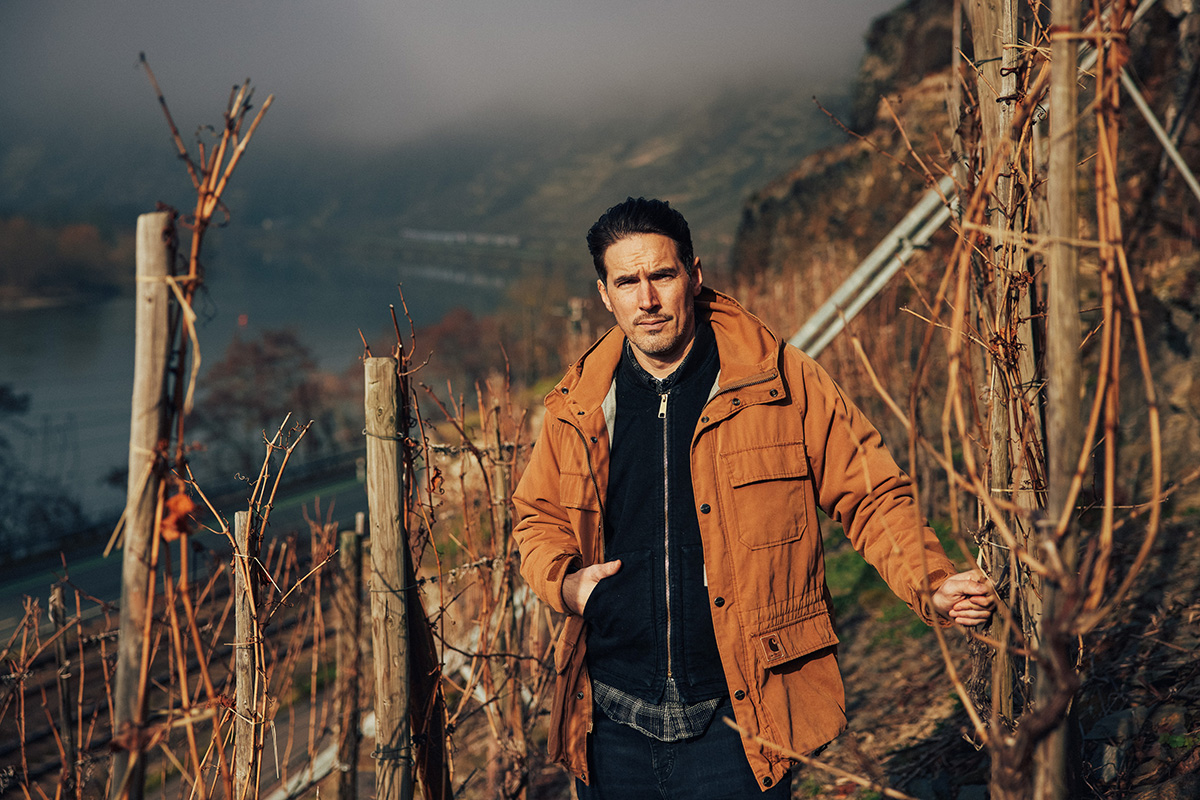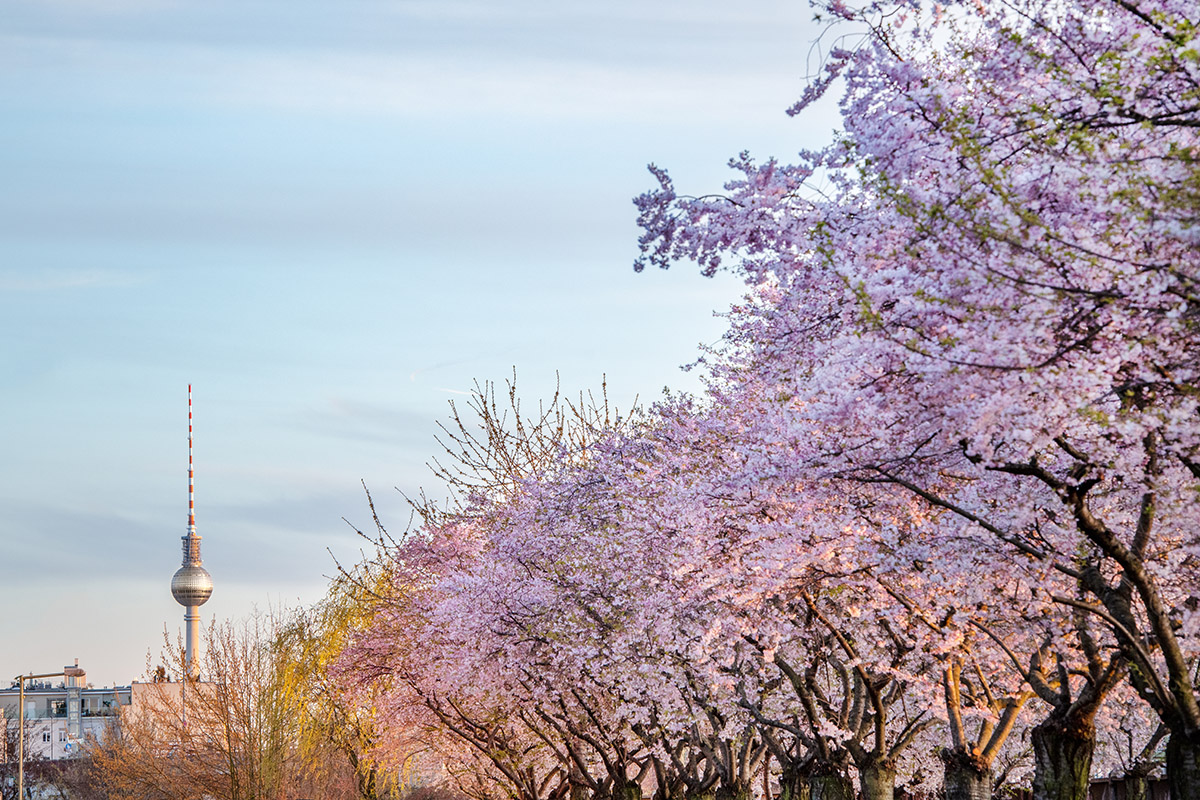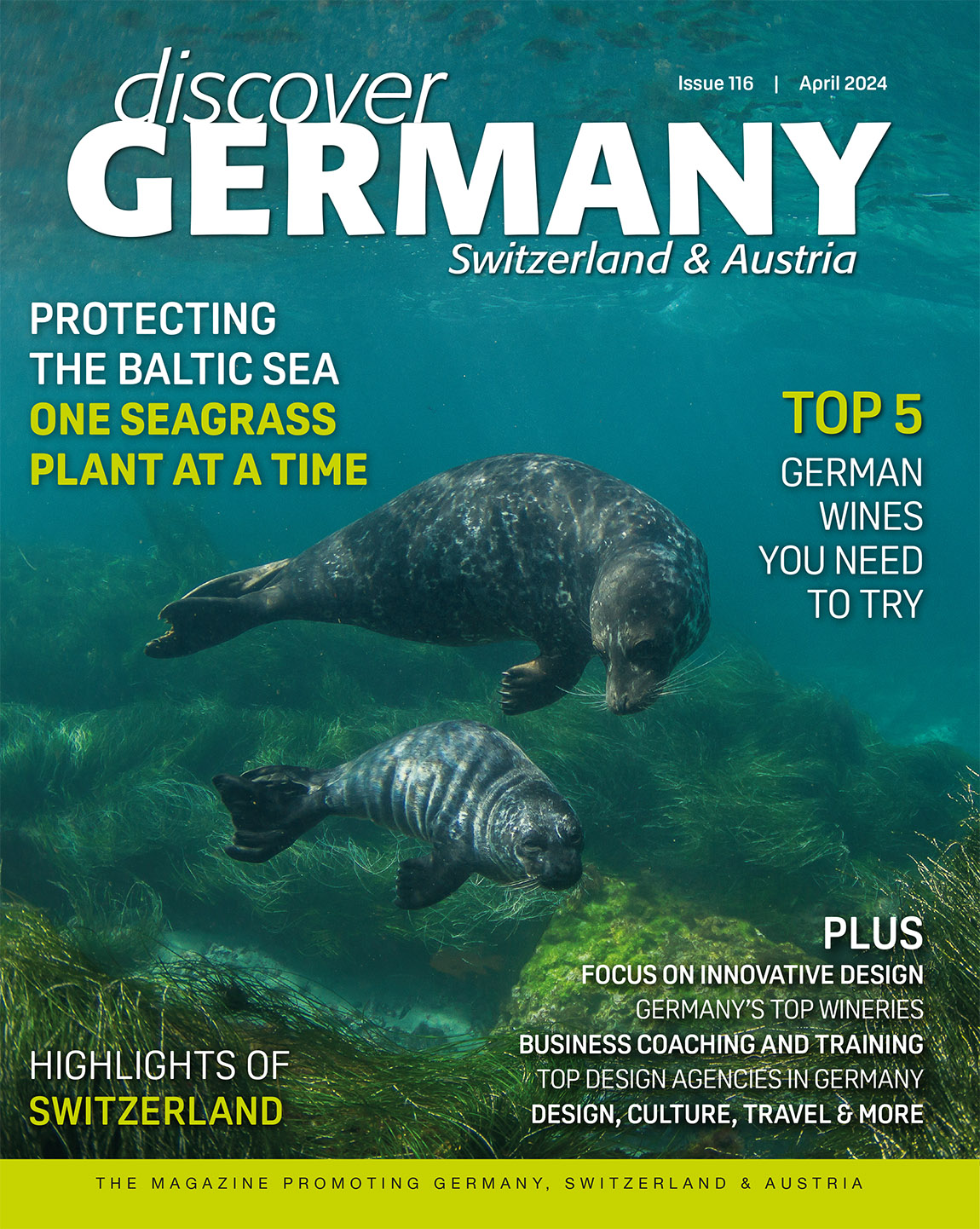Barbara Geier – Discovering provincial backwaters

‘Provinz’. Here’s a German word that hardly ever comes without an undertone. On paper, it simply means ‘province’. In reality, it (almost) always carries the notion of ‘provincial backwaters’. Of places in the middle of nowhere, of somewhere boring, somewhere where there’s nothing going on and where you don’t want to be.
TEXT & PHOTO: BARBARA GEIER
However, German ‘Provinz’ areas very often surprise with all kinds of things you would never expect there, such as world-class art. One of the best examples of that for me is the Würth Collection that friends told me about a few years back when they stumbled upon it on a walking holiday in the – ‘Provinz’. Which, in this case, is in the German Hohenlohe region in the north-eastern part of Baden-Württemberg. I had never heard of this art collection and corresponding museums before, but now know that it consists of about 18,000 (!) works of art amassed by one Reinhold Würth, who also happens to be one of Germany’s most successful businessmen.
Born in 1935, he took over the family’s wholesale screw business at 19, after his father’s early death, and turned it into an internationally operating trading group that is now the world market leader in its core business, the sale of assembly and fastening materials. 400 companies in more than 80 countries, more than 77,00 employees on the payroll – safe to say, Mr Würth made quite a bit of money over the years, and boy, did he invest it in art. The man has a real passion for art, and this includes making it accessible for the public. Hence, no hiding precious works in a private estate. No, they are on display in various custom-built museums and exhibition spaces in Hohenlohe, turning this part of ‘Provinz’ into a proper art hub.
They include ‘Museum Würth’ (bits and pieces by Warhol, Hockney, Miro, Dali or Magritte, you know, and a few others) which is integrated into the group’s head office in the small town of Künzelsau. The capital of the Hohenlohe region is also home to a sculpture garden that is part of the ‘Carmen Würth Forum’ event space (named after the wife), featuring a top-notch collection of works, including some by Tony Gragg, Niki de Saint Phalle and Georg Baselitz. As if that were not enough, 20 kilometres away in Schwäbisch Hall, ‘Kunsthalle Würth’, opened in 2001, is a branch of the head office’s museum. The same (needless to say) small town also hosts a museum in a former church, focusing on the Old Masters in Würth’s collection, from the late Middle Ages to the early modern era. So, basically one man not only collected thousands and thousands of pieces of amazing art: he also took care of the corresponding exhibition spaces – and all that in the ‘Provinz’. Next time you hear that word, don’t make any negative assumptions. Instead, be prepared for surprises.
Barbara Geier is a London-based freelance writer, translator and communications consultant. She is also the face behind www.germanyiswunderbar.com, a German travel and tourism guide and blog that was set up together with UK travel writer Andrew Eames in 2010.
Disclaimer: The views and opinions expressed in this column are those of the author and do not necessarily reflect the official policy or position of Scan Magazine Ltd.’
Subscribe to Our Newsletter
Receive our monthly newsletter by email



